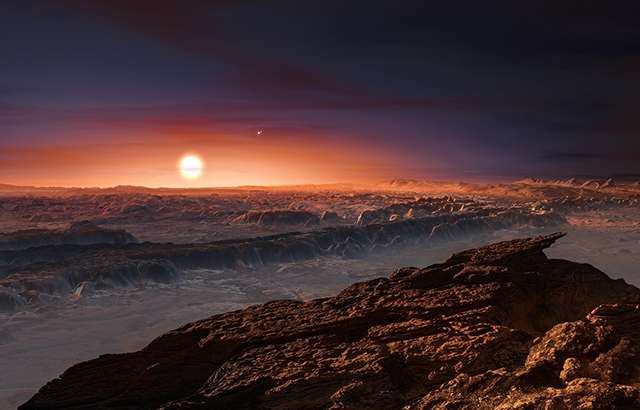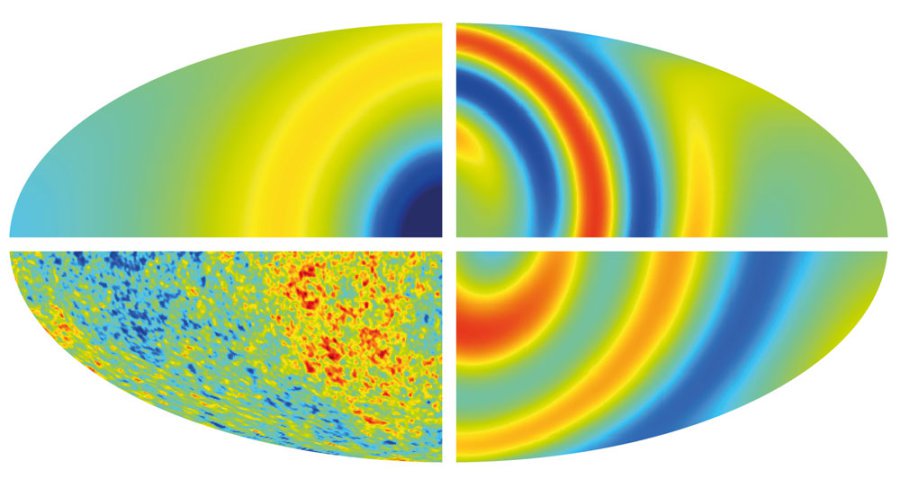The Great London:
Astronomy
Astronomy: Winds of rubies and sapphires strike the sky of giant planet

Breaking News: Saturn and Enceladus produce the same amount of plasma

Astrophysics: Theory that challenges Einstein's physics could soon be put to the test

Space Exploration: Mars' surface revealed in unprecedented detail

Breaking News: Solar storms trigger Jupiter's 'Northern Lights'

Breaking News: Cosmic beacons reveal the Milky Way's ancient core

Astronomy: Number of habitable planets could be limited by stifling atmospheres

Breaking News: New dwarf galaxies discovered in orbit around the Milky Way

Astronomy: Proxima b is in host star's habitable zone, but could it really be habitable?

Astronomy: Astronomers release spectacular survey of the distant Universe

Geology: Extraterrestrial opal discovered in Antarctic meteorite

Astronomy: Planet found in habitable zone around nearest star

Astronomy: Fossilized rivers suggest warm, wet ancient Mars

Astrophysics: Cosmology safe as universe has no sense of direction

Breaking News: Accelerating the search for intelligent life in the universe

Astronomy: Strong ‘electric wind’ strips planets of oceans and atmospheres

Breaking News: Titan's atmosphere even more Earth-like than previously thought

Astrophysics: The Big Bang might have been just a Big Bounce

Astronomy: Evidence of Martian life could be hard to find in some meteorite blast sites

Astrophysics: Accelerating research into dark energy
